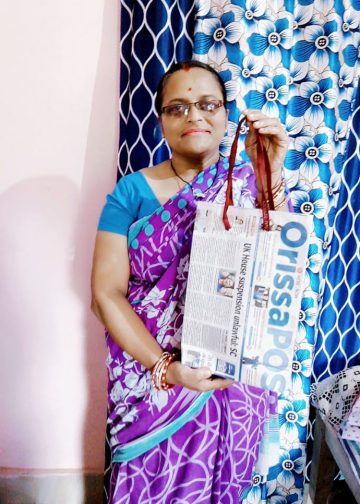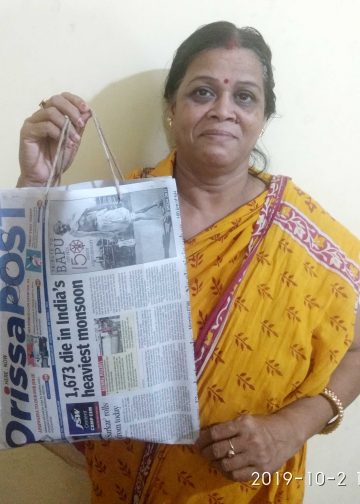Balasore: Many British officers have left their mark in the annals of Orissa history as good and progressive officers, who worked wholeheartedly for the development of the state instead of serving their own interest. Among them was John Beames, the then collector of Balasore who worked for the development and protection of Oriya language. He took over as the collector of Balasore when Oriya language was passing through a crisis.
His love for Oriya language could be gauged from the fact that he helped great Oriya writers such as Vyasakabi Fakirmohan Senapati, Kabibar Radhanath Ray and Raja Baikunthanath Dev who were then struggling hard to establish Oriya as a separate language.
Beames had cleared the civil services examination when he was just 21 and worked as a collector, judge and a commissioner in British India. He was an administrator, researcher, litterateur, historian and linguist, all rolled into one.
He remained in Orissa for nine years and held various posts. He was the collector of Balasore from 1869 to 1873 and contributed immensely to promotion and growth of Oriya language. During his stint as the collector of Balasore, he stayed near the court building with his family.
However, during summer he stayed at Balaramgadi or Budhabalanga river mouth by taking a house of a local Zamindar on rent. There he used to move on a horse ‘Balklev’ and mingle with people to know their problems. His literary talent, however, flourished in Balasore where he wrote the ‘Comparative Grammar of Modern Aryan Languages of India’ in five languages.
This book published in 1872 in London became an instant hit in India and Europe as many of the universities at that time adopted it as a text book. The book had a rich mention about 14 Indian languages including Oriya. Beames even translated the famous Oriya classic ‘Rasokallola’ written by Kabi Dinakrushna Das into English and popularized Oriya and the heritage of Orissa.
The Oriya language abolition movement had started between 1868 and 1870. However, Beames stood for Oriya language and made a strong opposition to the anti-Oriya move. This is the reason for which Vyasakabi Fakirmohan praised him highly in his autobiography and mentioned that he will remember him till his last breath.
Pandit Kanti Chandra Bhattacharya of Balasore Zilla School published a book ‘Odia Eka Swatantra Bhasa Naye’ in 1870 which prompted the British government to abolish Oriya language as a medium of instruction and an official language.
Acting on the government order, the then school inspector directed schools to impart teachings in Sanskrit and Bengali languages. The order triggered an uproar among Oriya employees in Balasore following which they submitted an application to Beames apprising him of the order. Beames, who had a good knowledge of literature, gave his positive notes on the application requesting the commissioner for action, a researcher Biswanath Rath said and this also finds mention in the autobiography of Fakirmohan.
Beames, in his letter to the commissioner, wrote that Oriya is an ancient and separate language and all government schools should be asked to teach in Oriya language. Then T Ravenshaw, who was known as a friend of Orissa, was the commissioner of the state.
Ravenshaw also passed on the views of collector Beames to the British government.
Beames’ hard work paid off for which Bengali language was abolished and Oriya language restored as the medium of instructions in all schools of the state.
Beames also worked as the commissioner when Ravenshaw went on a three-month leave to London. He also worked to abolish human sacrifices in Keonjhar. Before his retirement, Beames worked in Bengal where he suffered a great amount mental pain the period and wrote to Kabibara Radhnath Ray mentioning his ordeal. He breathed his last in 1902. PNN






































